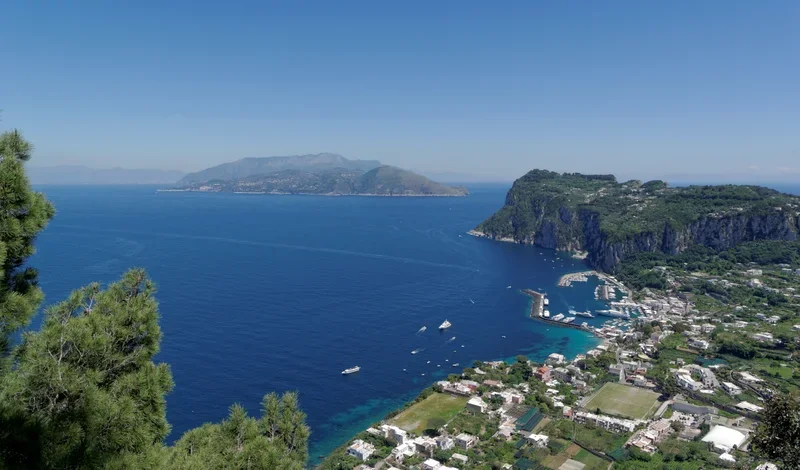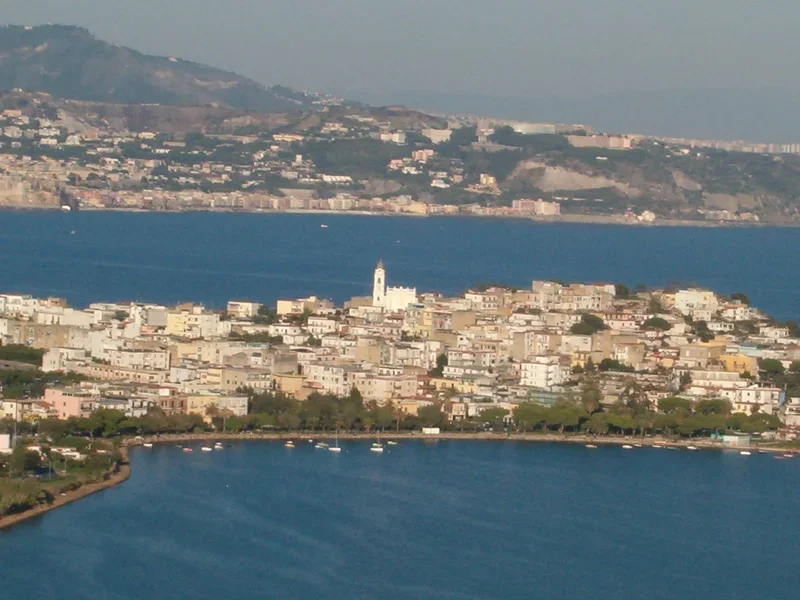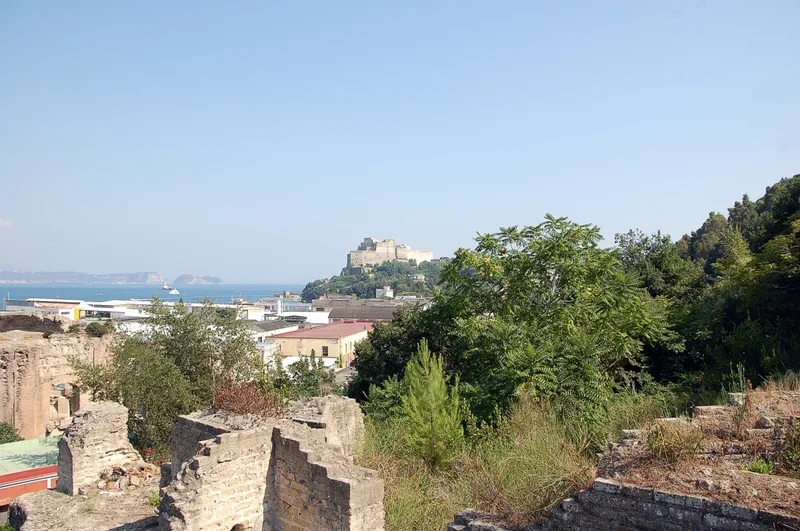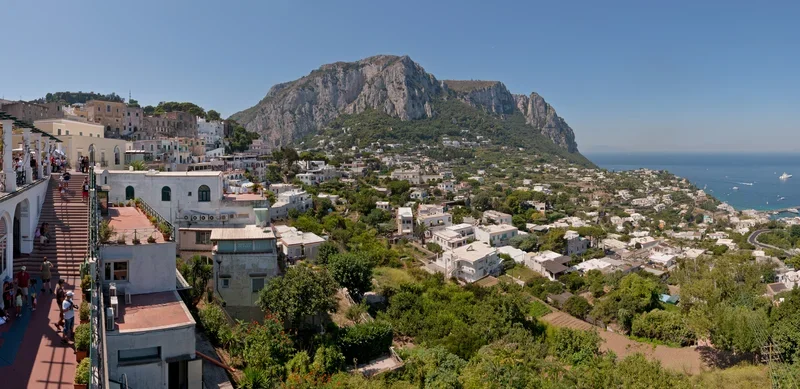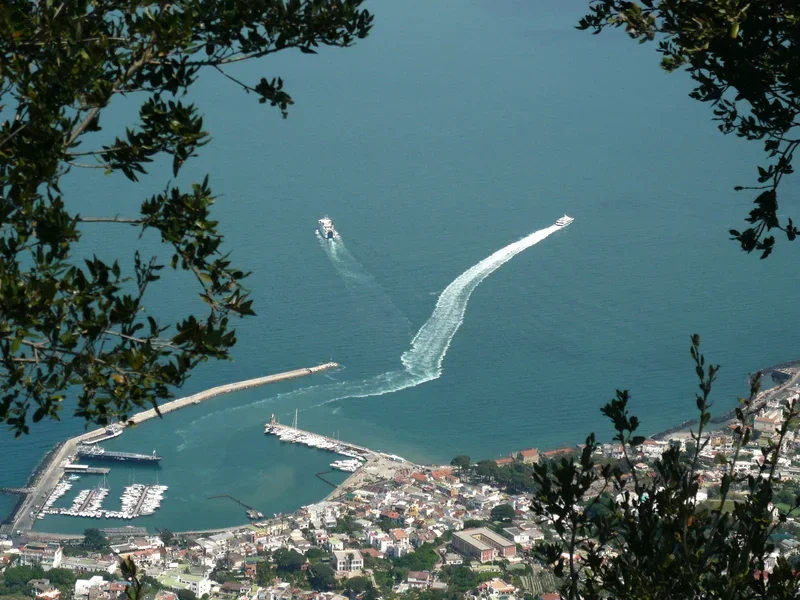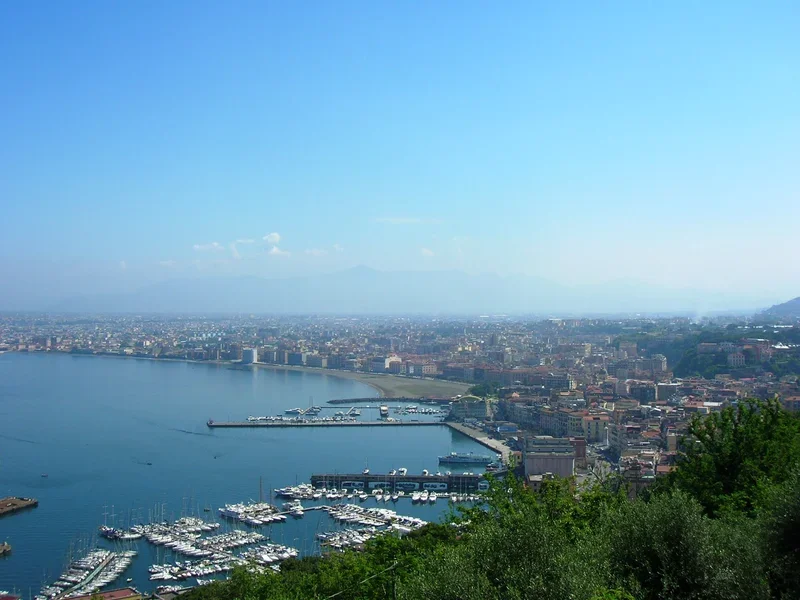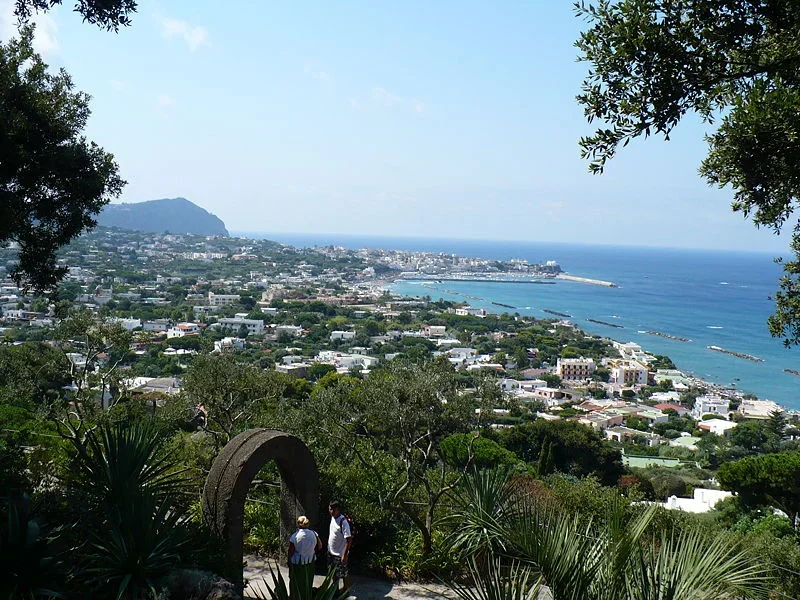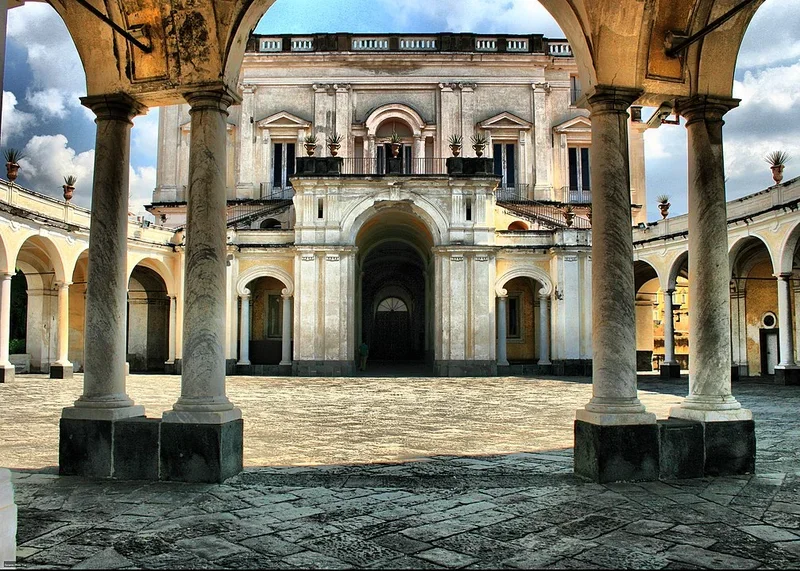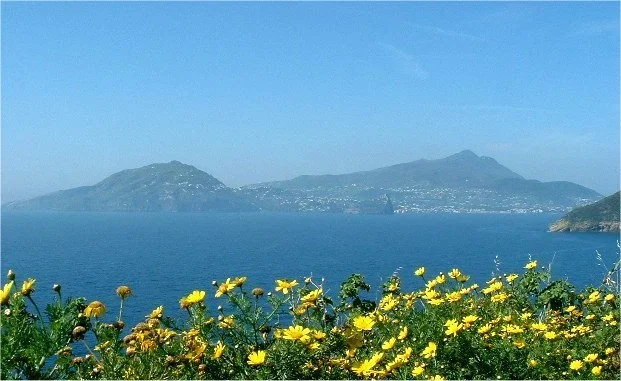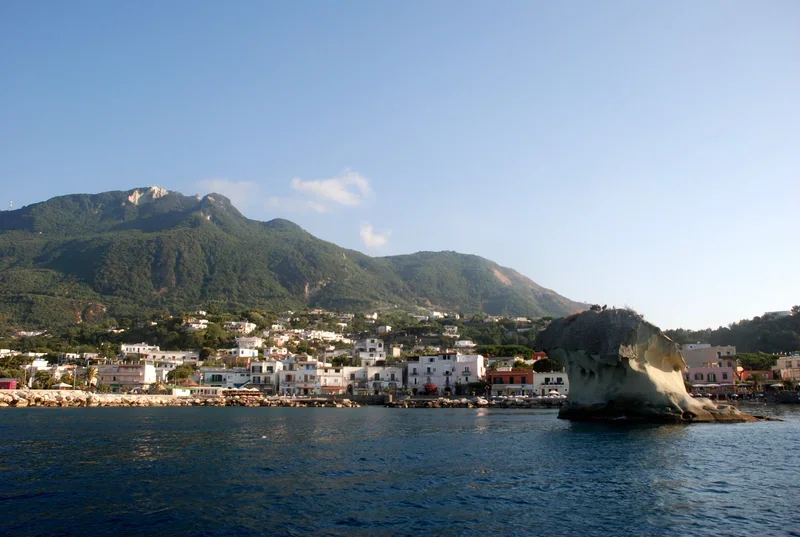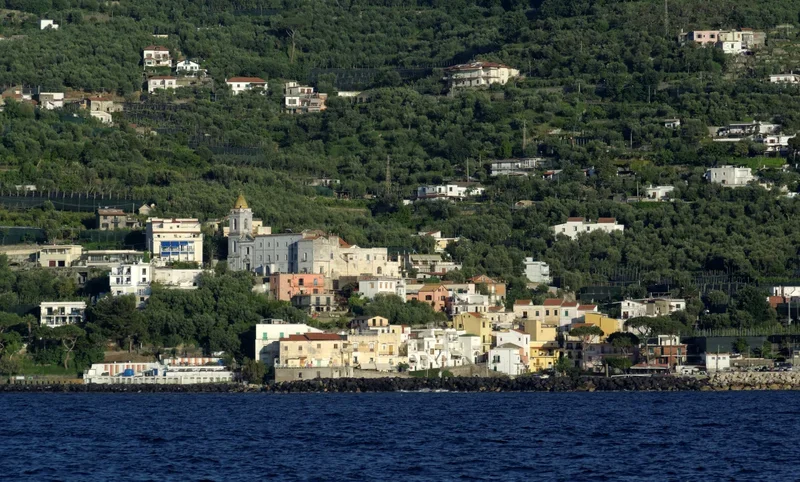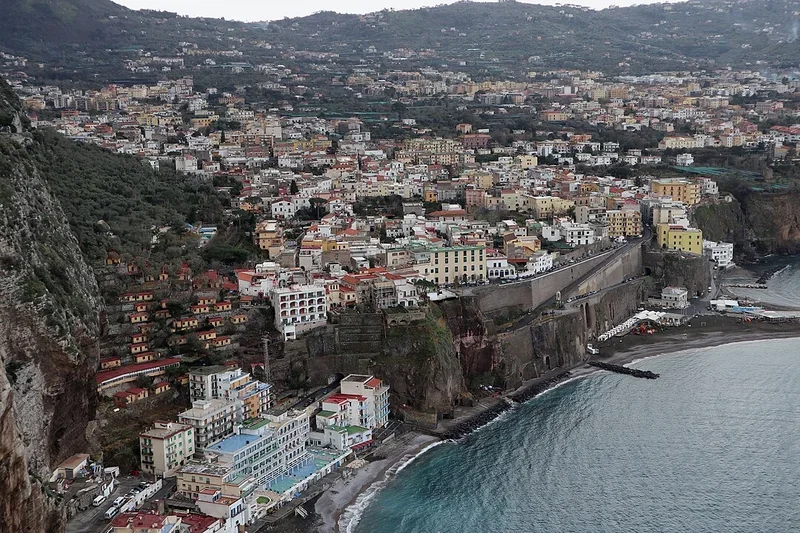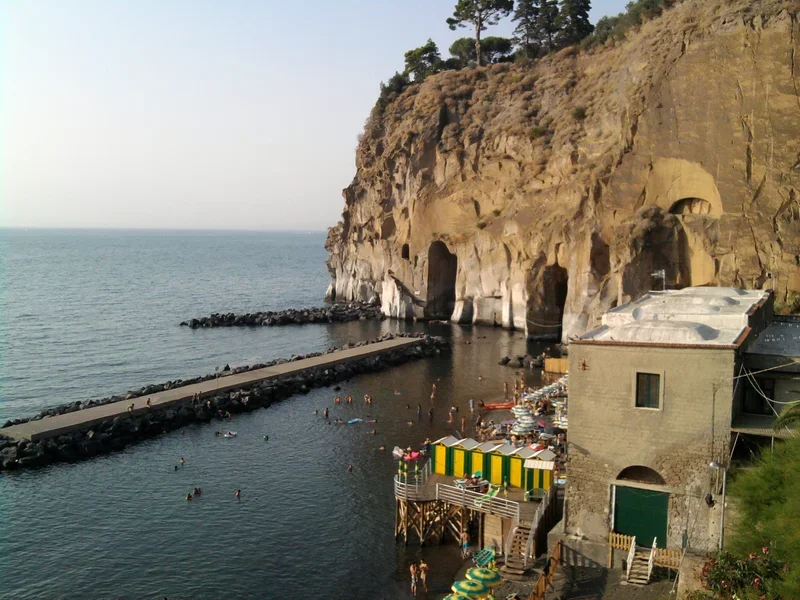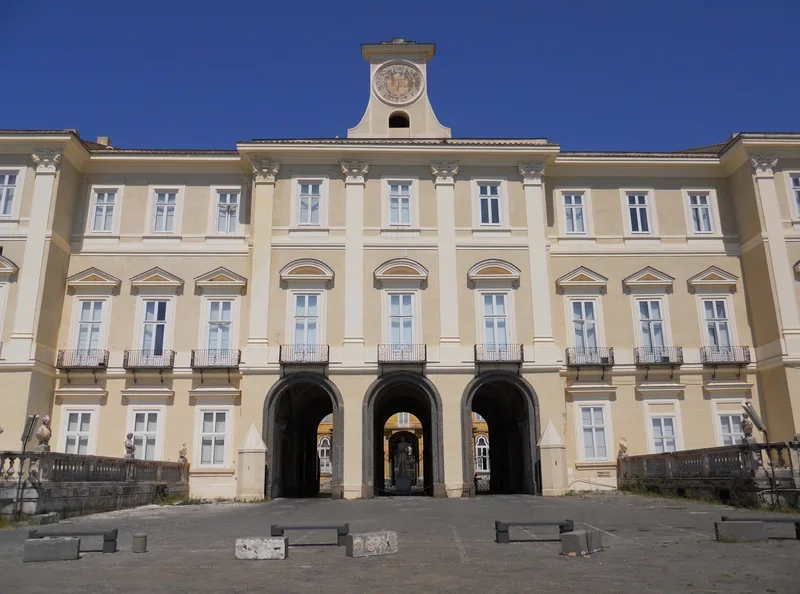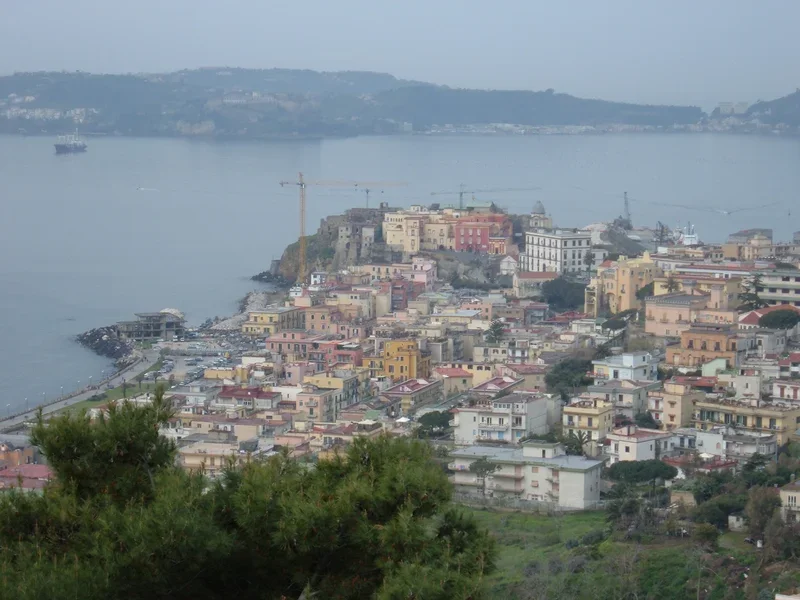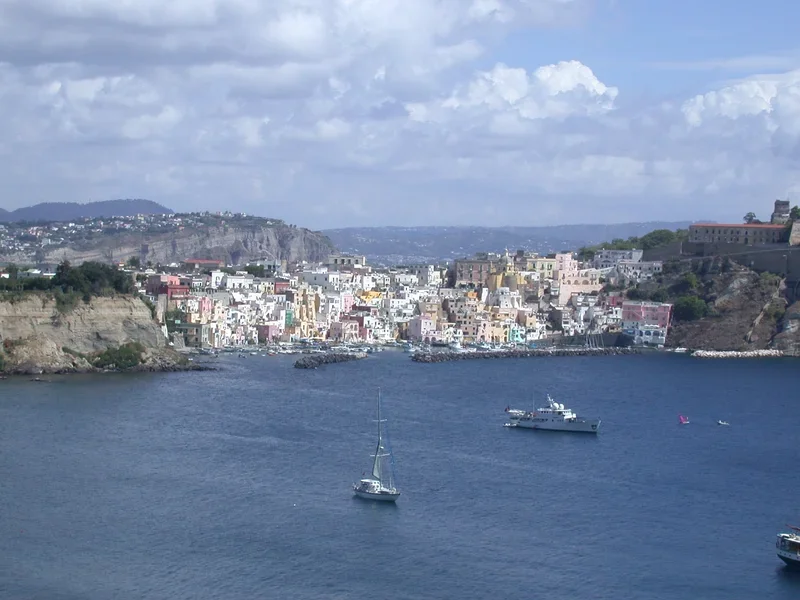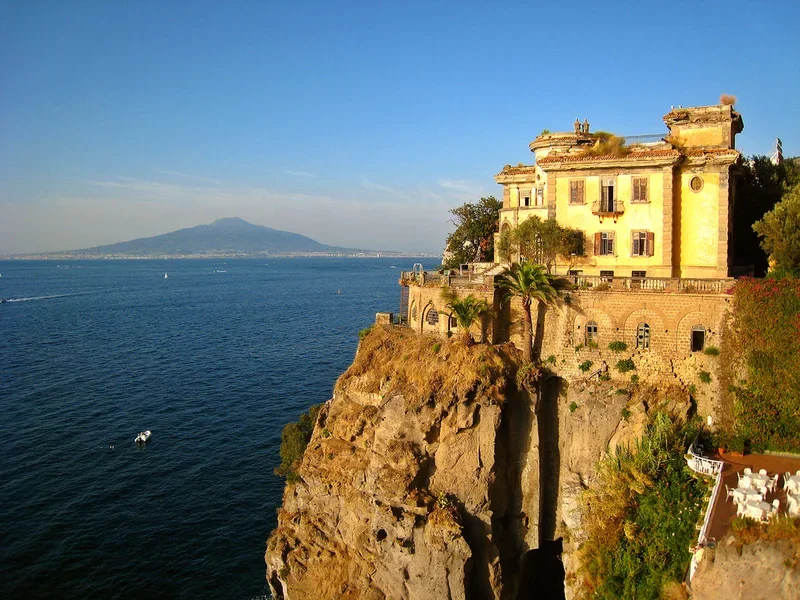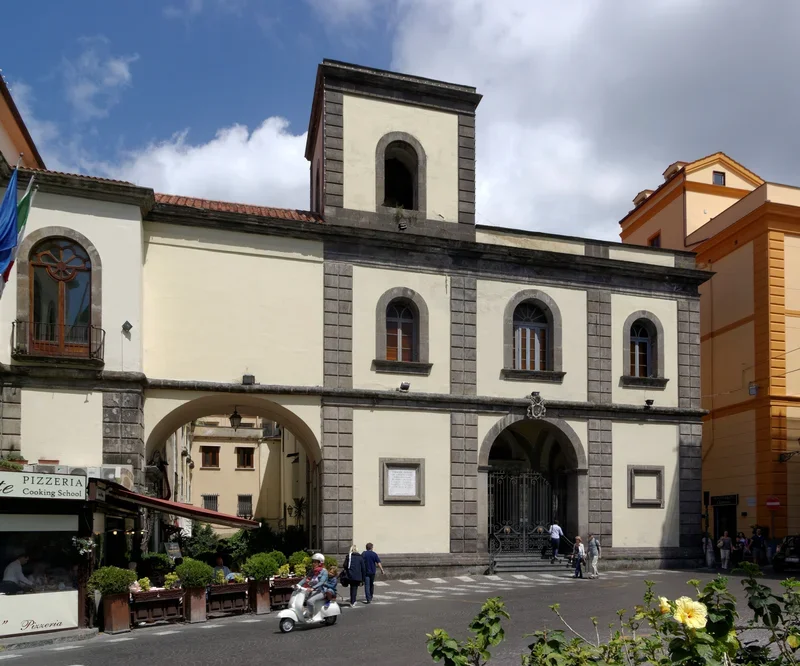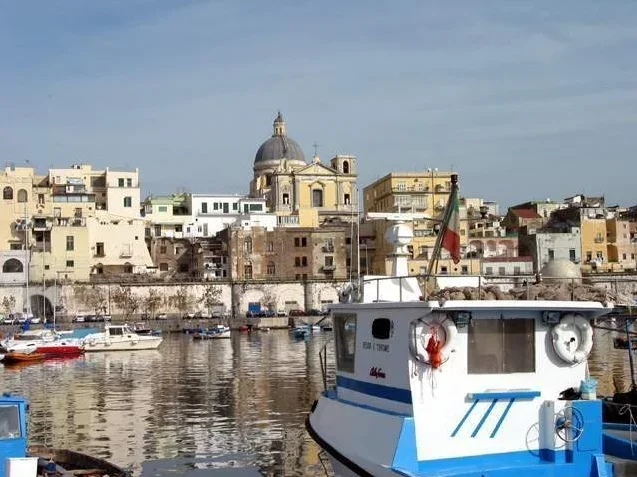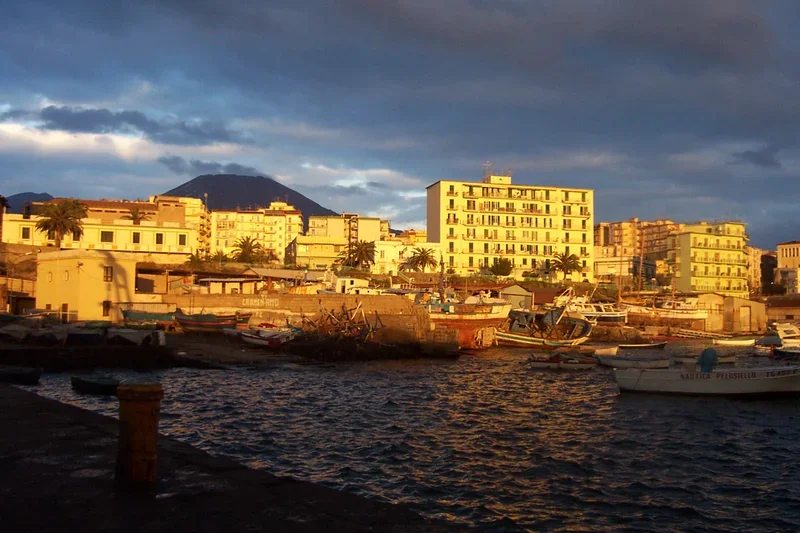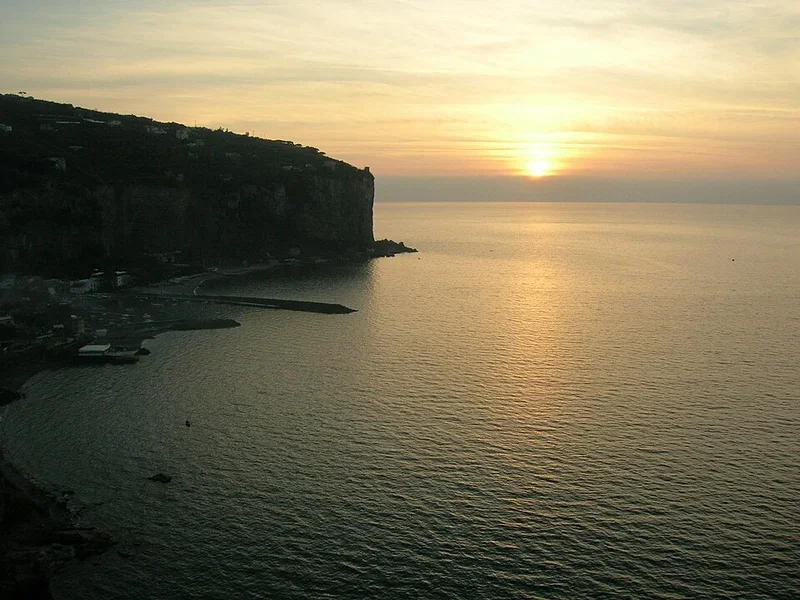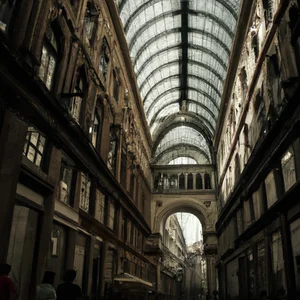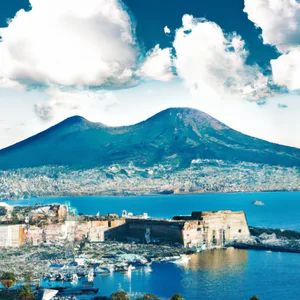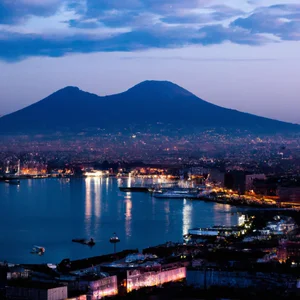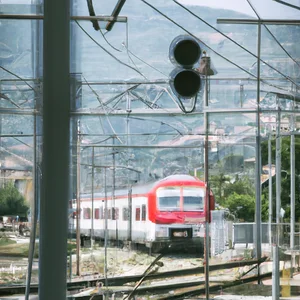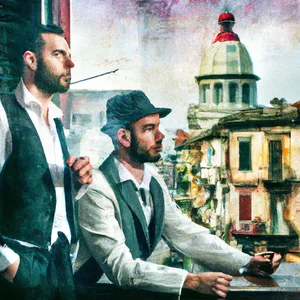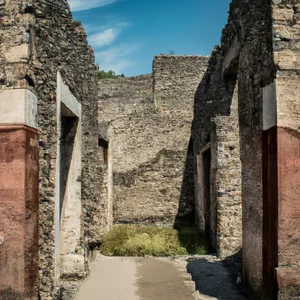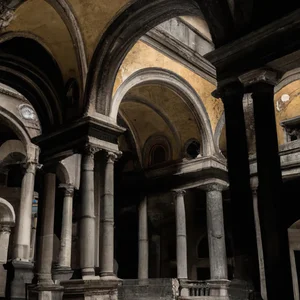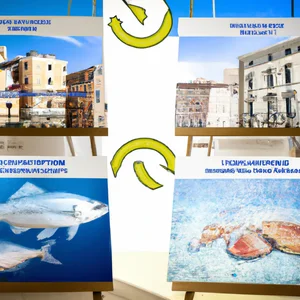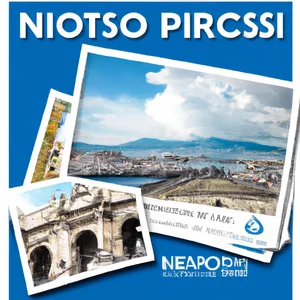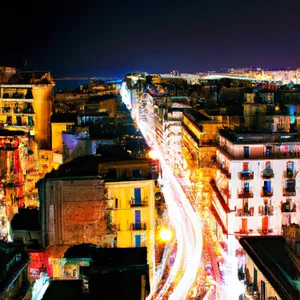Book your experience
Capri
Capri, an enchanting island located in the Gulf of Naples, has for centuries been a popular destination for travelers of all kinds, attracted by its natural beauty, cultural richness and lively social life. Since Roman times, when Emperor Tiberius chose it as his residence, Capri has maintained a timeless charm that continues to capture the hearts of those who visit it. This article aims to guide you through ten highlights that highlight the wonders of the island, offering a complete picture of the experiences Capri has to offer.We will begin with a reflection on the history and culture of Capri, exploring the influences that have shaped this island over the centuries. We will discover the main places of interest, each with its own history and meaning, and then immerse ourselves in the magic of the Blue Grotto, a natural phenomenon that enchants with its turquoise waters and the light that reflects in a unique way. We will not forget to visit Villa Jovis, the imperial residence of Tiberius, and the majestic cliffs of Capri, which offer breathtaking views.Our journey will continue with a dive into the world of Capri shopping and craftsmanship, where elegance and tradition blend into unique creations. We cannot overlook the local gastronomy, which delights the palate with its authentic flavors and fresh ingredients. For those who love adventure, Capri offers a wide range of outdoor activities, while events and festivals enrich the island with color and life. Finally, we will give you useful information on how to get to Capri, to make your visit even easier and more pleasant. Get ready to discover a corner of paradise!
History and culture of Capri
Capri is an island located in the Gulf of Naples, famous for its natural beauty, its fascinating history and its vibrant culture. Since ancient times, Capri has attracted visitors and artists, becoming a symbol of luxury and beauty.
Ancient origins
The origins of Capri date back to the Roman period, when the emperor Augustus chose it as a holiday resort. Under his reign, the island became a cultural and artistic center. Subsequently, the emperor Tiberius settled there, building numerous villas and transforming Capri into a refined aristocratic refuge.
A center of culture
Over the centuries, Capri has continued to be a point of reference for artists, writers and intellectuals. During the 19th century, the island experienced a period of rebirth thanks to the influx of European tourists, who helped develop a thriving tourist industry.
Traditions and folklore
The culture of Capri is characterized by local traditions, festivals and a strong connection with nature. Ancient agricultural practices, such as the cultivation of lemons and vines, are still alive and are an integral part of the daily life of the inhabitants. The people of Capri celebrate numerous events, which reflect their cultural and historical heritage.
A symbol of luxury
Capri has over time become a symbol of luxury and beauty, attracting celebrities and prominent personalities. Its high-fashion boutiques, gourmet restaurants and luxury resorts make it a popular destination for those seeking an exclusive experience.
In summary, Capri is an island that combines history, culture and natural beauty, making it one of the most fascinating destinations in Italy.
The main places of interest
Capri, one of the most famous islands in the world, is famous not only for its natural beauty but also for its places of historical and cultural interest. Below are some of the main points not to be missed during a visit to the island.
Capri square
The Piazzetta of Capri is the beating heart of the island. This lively outdoor space is surrounded by cafes and restaurants and offers spectacular views of the sea. The Piazzetta is an ideal place to observe local life and enjoy an aperitif at sunset.
Gardens of Augustus
The Gardens of Augustus are an oasis of tranquility that offers a panoramic view of the Faraglioni and the bay of Marina Piccola. These well-kept gardens are a great place for a romantic walk among Mediterranean flowers and plants.
Faraglioni
The Faraglioni are three imposing rocks that emerge from the sea and represent one of the most iconic symbols of Capri. It is possible to admire them from various points of the island, but a boat excursion offers a unique and unforgettable perspective.
Marina Piccola
Marina Piccola is one of the two main port locations on Capri. Here you can find enchanting beaches and restaurants overlooking the sea, perfect for enjoying fresh fish dishes. It is also an ideal starting point for boat trips.
Castiglione
The Castiglione is a historic fortress that offers a breathtaking view of Capri and its surroundings. The remains of the ancient castle and its fortified walls tell centuries of history and are an excellent opportunity to explore the island’s past.
The Certosa di San Giacomo
The Certosa di San Giacomo is an ancient monastery located near the Piazzetta. This fascinating structure houses a museum and a beautiful cloister, and is an ideal place to reflect and appreciate the religious art and architecture of Capri.
Villa San Michele
The Villa San Michele, built by the Swedish writer Axel Munthe, is famous for its gardens and art collections. Located in Anacapri, the villa offers panoramic views of the island and the sea, making it one of the most visited attractions in Capri.
These places represent only part of the wonders that Capri has to offer. Every corner of the island is rich in history, culture and natural beauty, making it an unmissable destination for any tourism enthusiast.
The Blue Grotto
The Blue Grotto is one of the most iconic places in Capri and represents one of the most fascinating natural wonders of Italy. This sea cave, famous for its extraordinary blue light, is an unmissable attraction for visitors to the island.
History
The Blue Grotto has been known since Roman times, who used it as a private villa. Emperor Tiberius was particularly fascinated by this place and spent a lot of time there. The cave remained forgotten for centuries, until it was rediscovered in 1826 by a German explorer, August Kopisch.
Features
The particular blue color of the cave is caused by a phenomenon of reflection of sunlight that penetrates the water through an underwater opening. The light, reflecting on the white bottom of the cave, creates a spectacular effect that attracts thousands of visitors every year.
Visit to the Grotto
To visit the Blue Grotto, you must access small rowing boats, which can be rented near the entrance. Opening times may vary depending on weather and sea conditions, and during high season, it is advisable to book in advance.
Tips for visiting
It is advisable to visit the Blue Grotto in the morning, when the light is best to appreciate the color of the water. The visit generally lasts about 30 minutes, during which it is possible to admire the walls of the cave and listen to the explanations of the guides.
Curiosities
An interesting fact is that, due to the limited size of the entrance, boats have to enter the cave one at a time, creating an atmosphere of waiting that makes the experience even more impressive. Furthermore, the Blue Grotto has inspired numerous artists and writers over the centuries, becoming a symbol of the natural beauty of Capri.
Villa Jovis
Villa Jovis is one of the most important and fascinating historical attractions of Capri. Built between 27 and 24 BC. for the Roman emperor Tiberius, this villa represents an extraordinary example of Roman architecture and offers spectacular views of the coast of Capri and the surrounding sea.
History of Villa Jovis
The villa was designed as an imperial residence and retreat for Tiberius, who chose Capri as a refuge from the political life of Rome. Villa Jovis is one of the twelve villas built by the emperor on the island, but it is the largest and best preserved. Tiberius spent much of his life there, and it is said that he used the villa for solitary retreats and to make important decisions. His fame is further increased by legends that tell of his eccentric practices and lifestyle.
Architecture and characteristics
Villa Jovis is characterized by a complex plan, with numerous rooms arranged on several levels. Among the main features we find:
- The large atrium: Welcomes visitors with its majestic architecture, where you can admire the remains of frescoes and decorations.
- The private rooms: Include bedrooms, dining rooms and service areas, all designed for the emperor’s maximum comfort and privacy.
- The panoramic terraces: They offer a breathtaking view of Capri and the sea, making Villa Jovis an ideal place to admire the surrounding landscape.
- The cisterns: Used to collect rainwater, they bear witness to the advanced engineering of the Roman era.
Visit to Villa Jovis
Today, Villa Jovis is open to the public and represents an essential destination for those visiting Capri. Visitors can explore the remains of the villa, walk among the ruins and enjoy the beauty of the site. It is advisable to wear comfortable shoes, as to reach the villa you need to walk uphill along panoramic paths.
The visit to Villa Jovis is not only an opportunity to discover Roman history and architecture, but also an experience that allows you to immerse yourself in the natural beauty of the island. The combination of history, culture and landscape makes this attraction a must for every tourist in Capri.
The Cliffs of Capri
The Cliffs of Capri are one of the natural wonders that characterize the island, offering breathtaking landscapes and unique scenery. These cliffs overlooking the sea are famous not only for their beauty, but also for their ecological and historical importance.
Geographic Description
The cliffs extend along the coast of Capri, in particular in the area of Matermania and Marina Piccola. These cliffs rise up to approximately 300 metres above sea level, creating a spectacular contrast with the turquoise waters of the Mediterranean Sea. Their formation dates back to millennia of erosion and geological activity, making them a fascinating example of how nature shapes the landscape.
Biodiversity
The cliffs are home to rich biodiversity, with a variety of plant and animal species that have adapted to this unique environment. It is possible to find endemic plants and several species of birds nesting on the cliffs. Their ecological importance is recognized, and they are often monitored by marine biology and conservation experts.
Activities and Sports
The Cliffs of Capri also offer a wide range of activities for visitors. Hiking enthusiasts can explore the scenic trails that wind along the cliffs, offering spectacular views of the sea and the hinterland. It is also common to practice sport climbing on rock faces, thanks to their ideal conformation and the presence of itineraries of varying difficulty.
Iconic Visuals
One of the most panoramic points is the Belvedere di Tragara, from which you can admire the famous Faraglioni, three imposing rocks that emerge from the sea. This view is often considered one of the symbols of Capri and attracts photographers and tourists from all over the world.
Conclusion
The Cliffs of Capri are not only a natural attraction, but also represent an important cultural heritage for the island. Their beauty and biodiversity contribute to making Capri an unmissable destination for those who love nature and history.
Shopping and crafts in Capri
Capri is famous not only for its natural beauty, but also for its unique shopping offer, which reflects the elegance and style of the island. Walking through the streets of Capri, visitors can discover a variety of boutiques, luxury shops and artisan workshops selling typical, high-quality products.
Luxury boutiques
The luxury boutiques along Via Camerelle are a must for those looking for high fashion brands. Here you can find famous designer shops, such as Gucci, Prada and Dolce & Gabbana, alongside more exclusive brands and independent boutiques. The elegant and refined atmosphere makes shopping a pleasant and unforgettable experience.
Local craftsmanship
In addition to high fashion shopping, Capri also offers a selection of local crafts. Visitors can explore shops selling handmade products, such as pottery, filigree jewelry, and fine fabrics. A particular point of interest is the Capri ceramics, characterized by bright colors and unique designs, which represent the artisan tradition of the island.
Souvenirs and typical products
When it comes to souvenirs, Capri offers a wide range of options. From Capri lemons (famous for their intense flavor) to limoncello-based products, visitors can take a piece of the island home. Other popular souvenirs include handcrafted perfumes and beauty products made from natural ingredients, typical of the local flora.
Markets and fairs
During the year, Capri also hosts markets and fairs where you can buy fresh products, crafts and other local specialties. These events represent an excellent opportunity to interact with the island’s inhabitants and discover the local culture through its products.
Conclusion
In summary, shopping in Capri is an experience that combines luxury, craftsmanship and tradition. Whether purchasing a designer dress, handcrafted pottery or a delicious limoncello, visitors can find something special to take home as a memento of their visit to this beautiful island.
Local gastronomy
The gastronomy of Capri is a reflection of its history and geographical position, combining fresh, local ingredients with culinary influences from the Mediterranean tradition. Capri cuisine is known for its simplicity and the use of high quality products, making each dish a unique experience.
Typical dishes
One of the most representative dishes is the Caprese, a fresh salad made with buffalo mozzarella, ripe tomatoes, fresh basil, olive oil and a pinch of salt. This preparation is a true symbol of the island and reflects the freshness of local ingredients.
Another dish not to be missed is the Raviolo Caprese, a type of pasta filled with a mixture made from ricotta and lemon, served with a light tomato and basil dressing.
Typical desserts
When it comes to desserts, lemon delight is a must. This dessert, prepared with fresh lemons from Capri, is an explosion of flavor that perfectly represents the citrus character of the island. Other traditional desserts include torta caprese, a chocolate and almond cake, which is both moist and rich in flavor.
Wines and drinks
We cannot talk about gastronomy without mentioning local wines. Capri is famous for its Biancolella, a fresh and fragrant white wine, and the Rosso di Capri, a robust red wine that goes well with meat dishes. Additionally, limoncello, a liqueur made from Capri lemons, is a popular digestive that is served after meals.
Culinary experiences
For visitors, there are many opportunities to immerse themselves in local gastronomy, through cooking courses that teach how to prepare typical dishes, or tastings of wines and typical products in the island’s restaurants and farms . Furthermore, trattorias and restaurants offer the opportunity to savor Capri cuisine while enjoying breathtaking views.
In summary, the gastronomy of Capri is a sensorial journey that not only satisfies the palate, but also tells the story and culture of an island that has fascinated generations of visitors.
Outdoor activities on Capri
Capri offers a wide range of outdoor activities that allow you to explore the natural beauty of the island, enjoying breathtaking views and an ideal Mediterranean climate. Here are some of the main activities you can do:
Excursions and Trekking
For nature lovers, Capri is a true paradise. There are numerous hiking trails that crisscross the island, offering spectacular views of the sea and local vegetation. Among the most famous routes we find:
- The Sentiero dei Fortini: a panoramic route that connects the lookout forts and offers an incredible view of the Faraglioni.
- The Pizzolungo Path: this path leads to panoramic points such as the Tragara viewpoint, famous for its view of the Faraglioni.
- Mount Solaro: the highest peak on the island, reachable on foot or by chairlift, offers a 360-degree view of Capri and the Gulf of Naples.
Water Sports
Thanks to its privileged position, Capri is ideal for practicing various water sports. You can dedicate yourself to:
- Snorkeling: explore the crystal clear waters and marine life around the Faraglioni and the Blue Grotto.
- Kayak: a fun way to discover the island’s coves and caves from a unique perspective.
- Sailing: book a lesson or a boat tour to sail along the coast of Capri.
Relaxation and Wellbeing
If you prefer a relaxing time, Capri offers splendid beaches where you can sunbathe and enjoy the sea. Some of the most beautiful beaches include:
- The Marina Piccola Beach: an enchanting place with calm waters and a suggestive view of the Faraglioni.
- Faro Beach: less crowded, ideal for those seeking tranquility.
Outdoor Cultural Activities
Despite its fame as a destination for relaxation, Capri also has a rich cultural offering outdoors. You can take part in guided tours of historic places or cultural events that take place in the gardens and squares of the island.
In summary, Capri is a place where natural beauty combines with a wide range of outdoor activities, making the island an excellent choice for those seeking adventure and relaxation in a unique.
Events and Festivals in Capri
Capri, with its extraordinary natural beauty and timeless charm, hosts a calendar full of events and festivals that celebrate the culture, art and tradition of the island. These events attract both residents and tourists, offering a unique opportunity to immerse yourself in the vibrant atmosphere of Capri.
Capri Festival
One of the most anticipated events is the Capri Festival, which is held every year in summer. This festival is dedicated to music and art, with concerts, theater shows and exhibitions taking place in the most evocative places on the island. Local and international artists perform, creating a magical atmosphere that enchants visitors.
Procession of San Costanzo
Another significant event is the Procession of San Costanzo, which is held on May 14th. This religious festival commemorates the patron saint of Capri, San Costanzo, and includes a procession that passes through the streets of the island, accompanied by music, dance and local traditions. It is a moment of great community participation and an opportunity to discover local customs.
Capri Hollywood Film Festival
The Capri Hollywood Film Festival is an event that attracts cinephiles from all over the world. It takes place in December and features a selection of international films, special screenings and meetings with directors and actors. This festival celebrates the world of cinema, making Capri a point of reference for the film industry too.
Christmas markets
During the Christmas period, Capri transforms into an enchanting Christmas village, with Christmas markets offering local crafts, typical products and festive decorations. Visitors can stroll among the stalls, taste traditional sweets and participate in special events that enliven the island during the holidays.
In summary, the events and festivals of Capri offer an excellent opportunity to learn about the local culture and live unique experiences, helping to make the visit to the island even more memorable.
How to get to Capri
Reaching Capri is a fascinating experience, thanks to its privileged position in the Gulf of Naples. There are different ways to get to the island, depending on your preferences and starting point.
From Naples
The most common way to get to Capri is via ferries or hydrofoils that leave from the Port of Naples. Several ferry companies offer regular connections, including:
- Caremar
- Gescab
- SNAV
- Alilauro
Ferries take around 80 minutes, while hydrofoils are faster and can reach the island in around 40 minutes. It is advisable to check times in advance, especially during high season, as places can fill up quickly.
From Sorrento
If you are in Sorrento, you can take a hydrofoil that will take you to Capri in about 30 minutes. Again, there are several companies operating on this route, making travel easy and convenient.
From Positano and Amalfi
During the summer season, there are also direct connections from Positano and Amalfi. Hydrofoils depart regularly, offering a picturesque option to get to Capri, allowing you to admire the beautiful coastal scenery.
Useful information
It is important to note that ferries and hydrofoils may be subject to cancellations or delays due to weather conditions. I advise you to check the weather forecast and arrive at the port well in advance. Once you arrive on Capri, you will find an efficient public transport system, including buses and funiculars, which will allow you to explore the island without difficulty.

